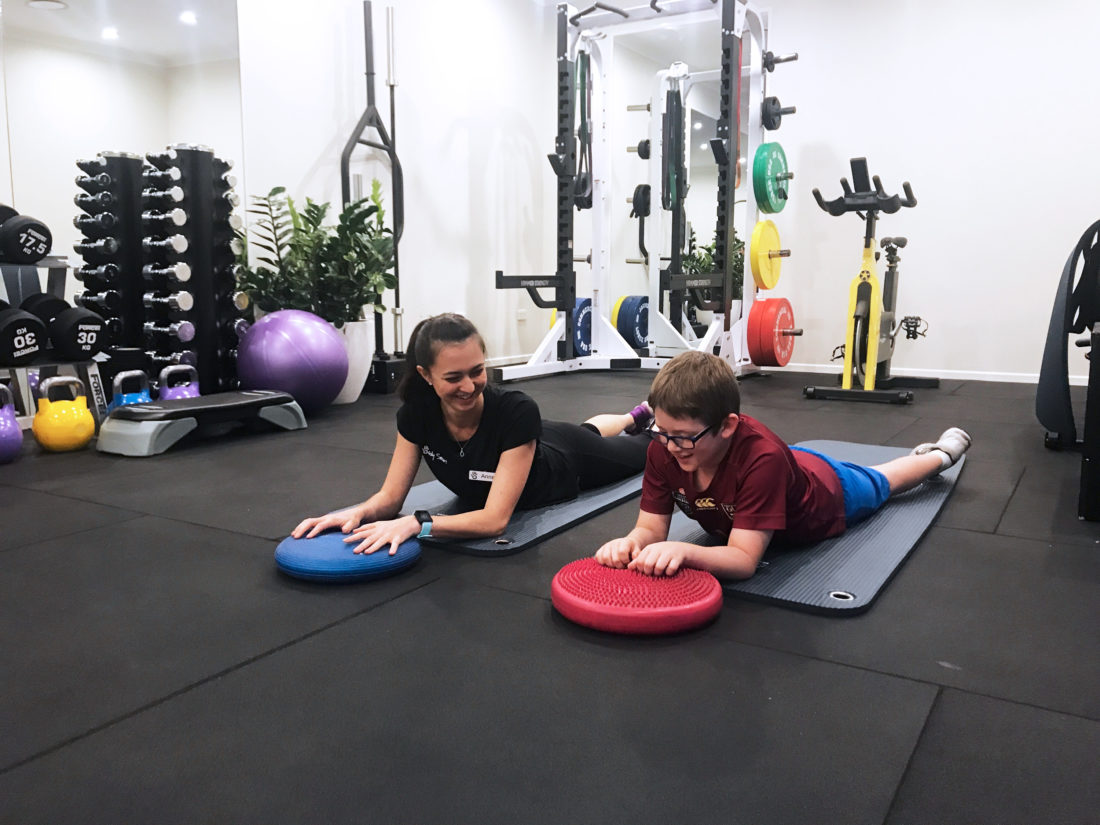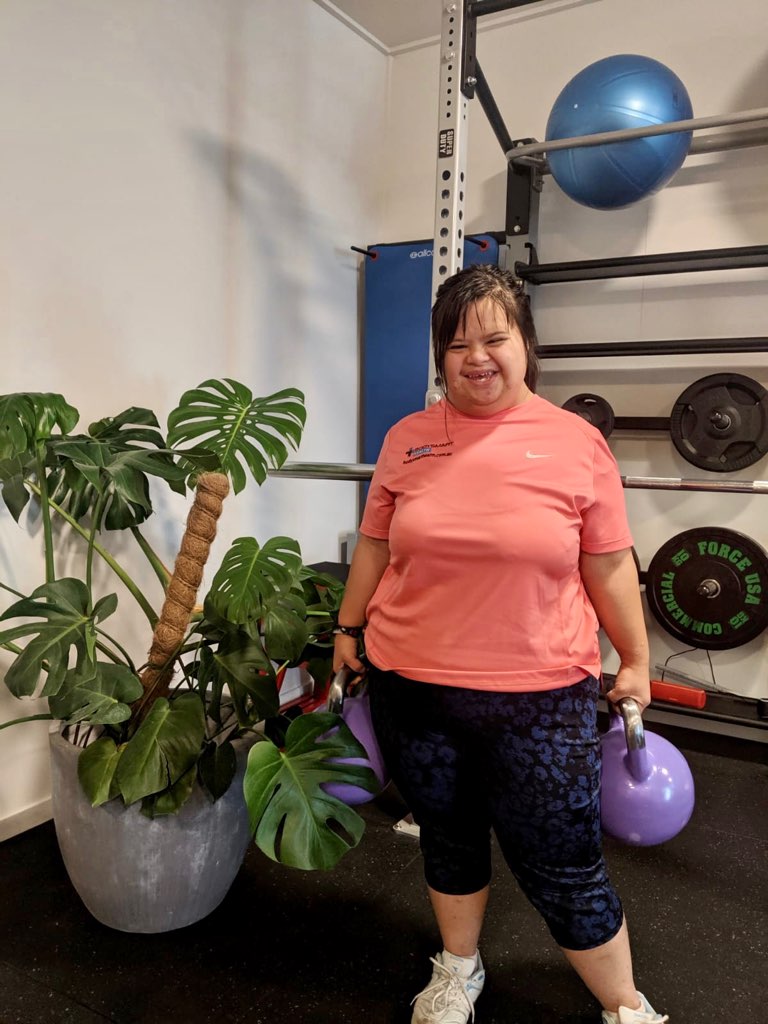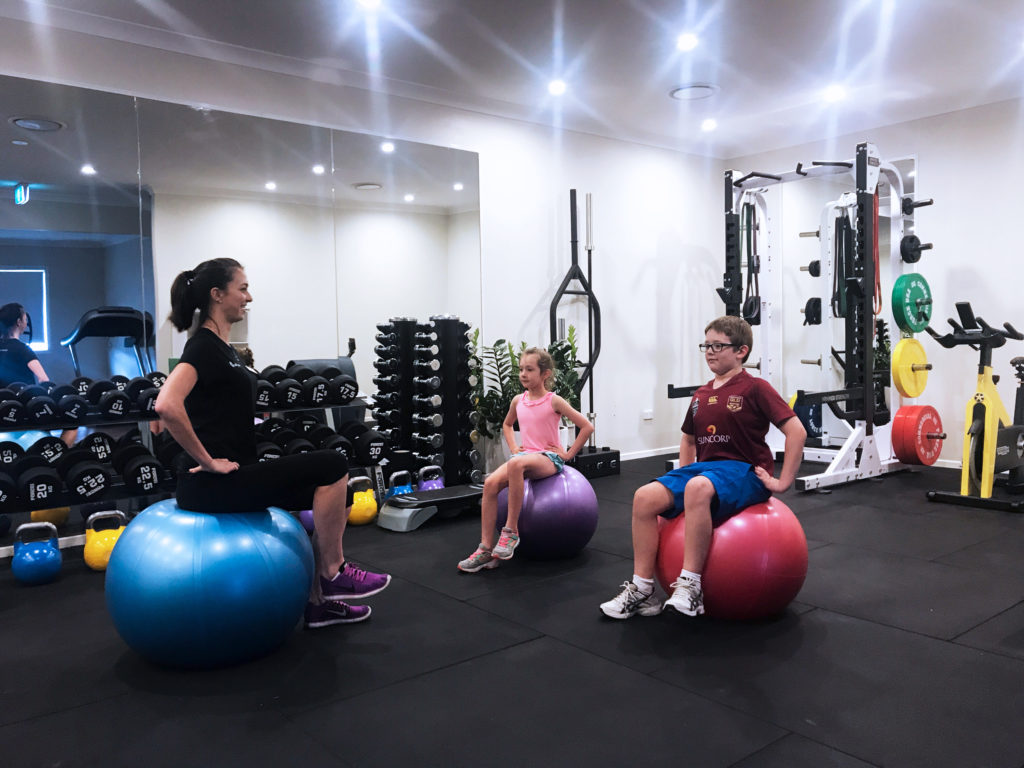
How to set better therapy goals for young people in the NDIS
For best practice care and optimal therapy that is individualised to your own specific needs, it is important to understand how to set therapy goals that are meaningful and measurable. Setting specific goals is a crucial part of the therapy process giving you something to work towards and something to build on.
These goals are often brushed over, or given lip service. However, our experience advocating for young people with disabilities has led us to believe it is essential to write goals that make a real difference to your child and family.
To make a real difference, goals need to be demonstrable and meaningful – that is, measurable goals. In this discussion, we want to share the importance of focusing on function and participation, a key strategy we use with our families and plan managers to create meaningful, measurable goals that work well in the NDIS system.
Focus on building function and participation
Function: (noun) An activity that a person does in everyday life
Participation: (noun) The action of taking part in something
Frequently, when we first discuss goals with parents, plan managers or children, some of the goals mentioned might include:
- I want my child to improve their muscle tone, core strength and coordination
- I want my child to develop their gross and fine motor skills
- I want my child to improve their behaviour and attention
While these goals may be relevant to the child’s needs, they are not particularly meaningful or measurable. To make these goals more meaningful and quantifiable, the question we often ask parents and support co-ordinators is “Why? For what purpose?”
In the case of ‘improving core strength and coordination’, we might ask the questions:
- For what purpose does your child need to improve their core strength and coordination?
- What activities are they having trouble with as a result of their poor core strength and coordination?
- What would be the benefits if your child had better core strength and coordination?
- What activities could they do, that they cannot do now?
In this example, the functional purpose of improving a young person’s muscle tone, core strength and coordination might be:

- So that they can learn to swim and participate in swimming lessons
- So that they can play on the playground with their friends or siblings
- So that they can sit still with a good posture during meal times
- So that they can learn to throw and catch a ball properly to join in with games at school
- So that they can independently ride a bike
Each of these new, more functional goals, have three key benefits over the first version:
- They are more meaningful to the young person and family because there is a purpose and a context
- They create the opportunity for more solutions to achieve the goal, and they are now more measurable
Meaningful
How excited and motivated do you think a young person would be if we said to them “today we are going to help you work on your core strength and coordination”? Not very???!!! Compare that to “today we are going to play a game to help you to learn to throw and catch a ball”.
Setting goals that have a purpose, and focus on the child’s function and participation make the goal very real, very personal, very tangible, and very meaningful for the child and family. Setting goals that are measurable in a specific environment or situation also helps to develop realistic expectations and timelines for achieving that goal.
Improving core strength and coordination is not truly a goal – it would more accurately be described as a treatment strategy that can help your child to achieve their functional goals. However, it is only one strategy of many that could be used to improve a child’s functional goals.
That is, if the reason the family would like the child to improve their core strength and coordination is for their child to be able to sit upright with good posture and use their hands – then addressing their core strength and coordination through exercises and physical therapy is only looking at ONE of the possible options available that can help them to achieve this functional goal.
Measurable and Timely
If we set a goal of ‘improving core strength and coordination’, it is difficult to determine if and when that has been achieved because there is no clear outcome or endpoint.

In contrast, if the goal is ‘to learn to throw and catch a ball within 6-months’, then you will very quickly know when your child has achieved that by observing when they can throw and catch a ball!
Alternatively, if your child’s goal is ‘to learn to climb on the playground independently by the time they start school’, then when you observe that your child can climb on the playground independently you know that they have achieved that goal and it is time to move onto a new and potentially more challenging one.
Why are functional goals important?
Having measurable goals that demonstrate that your child is improving in their function is very, very important when working with the NDIS. The NDIS requires that we all need to be able to demonstrate the value and progress being achieved through the therapies your child is attending. As a result, the way you word your child’s goals is critical to whether or not you will be able to prove the progress your child has made within their NDIS plan, and whether this progress is contributing to improvements in your child’s overall health, wellbeing, function and participation.
It can take some practice learning how to best word goals in a way that makes them meaningful and measurable. We hope that this guide can help you to think and word your child’s goals so that they can make an impact on their life and be celebrated like they should be when they are achieved.
If you need any help with deciding on meaningful and measurable goals, or wording your child’s goals, please contact us or discuss it with your child’s therapists, we are more than happy to help!